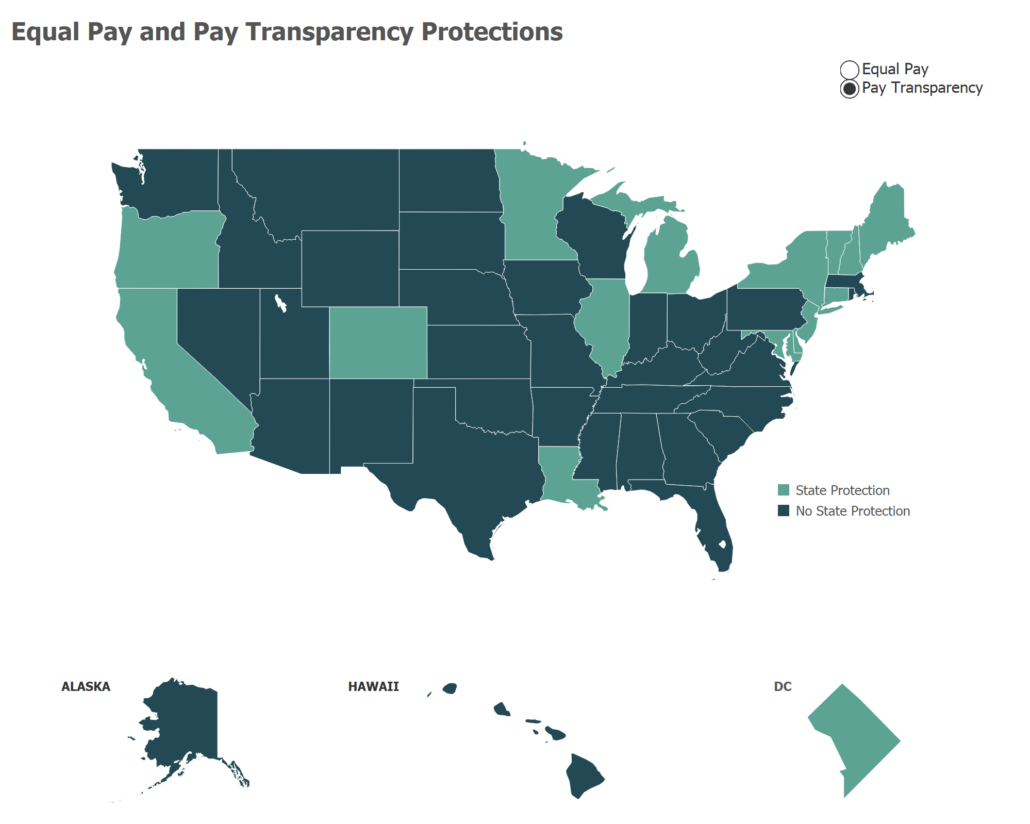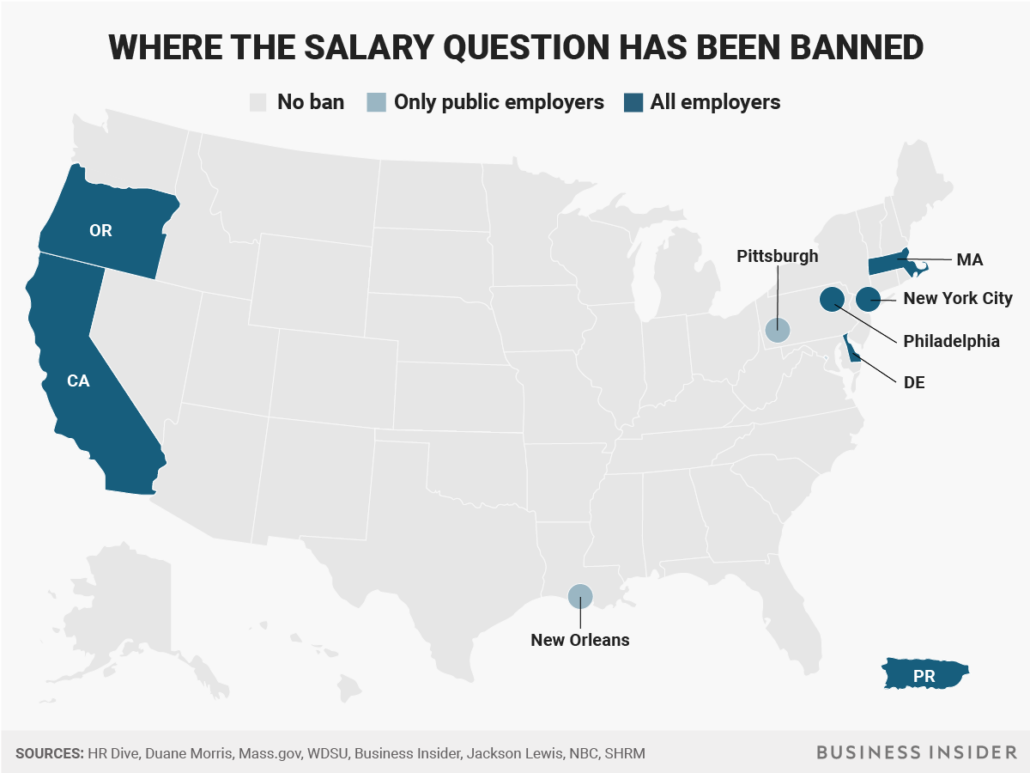Movement in Equal Pay
Over the past couple of years, the U.S. has seen its fair share of social movements. To make a list would easily exceed my 800 word limit for this post. But if you’ve read or listened to the news, then you’re likely familiar with several of them.
One of the interesting aspects of these movements is how quickly they generate support (and opposition). They dominate headlines and hashtags, are on the tip of every celebrity’s tongue, and they demand a response from elected officials. Many now view social movements as the best way to effect change—labor law and employment issues are no exception.
Recently, my colleague wrote about emerging and newly established legislation that sought to combat the gender wage gap. These laws were all established at the local or state level in places that have a progressive reputation–think California, Oregon, Massachusetts, New York. There’s no doubt that grass root efforts helped bring these early laws about; however, now a much larger movement seems poised to strengthen equal pay protections across the country.
Equal Pay: Challenge and Solutions
The first and primary challenge for any movement is to convince enough people that there is, in fact, a problem. In today’s era of “fake news” and “alternative facts”, this has become exceedingly difficult. However, there is still something to be said for thorough research, and one figure that can drive an equal pay movement is compelling: a typical, or median, woman working is paid 83 cents for every dollar a typical man is paid (Economic Policy Institute, 2017).
Some estimates of this figure vary slightly, but an actual gap is undeniable. So if the gender pay gap is 17 cents on the dollar, then how can a social movement change that? The answer has been twofold:
1) Seek pay transparency from employers,
2) Restrict an employer’s access to salary history.
Equal Pay: Legislative Approaches
The value in addressing pay inequality with multiple approaches has not been lost on policymakers. Beginning in 2015 with California, jurisdictions began amending existing equal pay laws to address pay transparency, salary history, criminal history, and other barriers to equal pay and opportunity.
Pay Transparency
The objective of pay transparency is to give all employees a clear idea of salary ranges so that they can better negotiate compensation. At a minimum, current laws seek to protect the employee right to discuss salaries and pay rates. The ultimate form of pay transparency (for proponents) would be specific pay levels tied to a position/education/years of experience–similar to the GS structure used by the federal government.
As of this writing, 15 states and the District of Columbia have pay transparency protections as part of Equal Pay Laws. It’s also important to note that all government employees and employees of government contractors receive pay transparency protections through the National Labor Relations Act (NLRA §7) and, more specifically, through E.O. 13665 . However, there are currently no laws at any level that include an affirmative obligation for private employers or federal contractors to make salaries public.

Source: United States Department of Labor
Salary History
Laws that prohibit an employer from seeking a job candidate’s salary history help to ensure that one instance of pay inequality does not forever penalize an individual. While laws of this nature do not directly address current wage disparities, they do act as a sort of “reset” for job candidates so that future employers must use other factors as a starting point for salary negotiations.
As of this writing, there are 9 jurisdictions (only 4 states) with legislation that bans employers from seeking a candidate’s salary history. These bans vary as to whether they apply to the public, private, or all employers. Some jurisdictions have not yet enacted these bans or will not enforce them for some time, and some will not provide employees with the right to file an action in court for several years to come. However, employers in these jurisdictions are already making adjustments to processes and applications to avoid future liability.

Equal Pay: Employer Considerations
While employers likely see legislative movement on equal pay as slow, they would be wise to keep a closer eye on the social movements that surround them. The issues driving pay transparency and salary history remain prominent in the media and in the minds of voters. With several states and jurisdictions having already put a stake in the ground, legislators will be under increased pressure to follow suit and strengthen their respective equal pay laws.
Legal requirements aside, employers may also have another reason to make changes to salary structure and employment policies. Finding and hiring great talent is not getting easier. In this tight labor market, proactive employers stand to gain a competitive advantage in hiring by implementing (and marketing) employment policies that embrace pay transparency and genuinely seek to close the gender pay gap.
So whether it’s the legislature or the labor market that drives equal pay, it will ultimately depend on enough people–job seekers, candidates, and employees–insisting on fairness and the policies and protections to ensure it. Once this happens, employers that have had trouble making the right moral decision, will have an easy business decision to make.



